Our life on earth is supported by ecosystems made up of interconnected and diverse living organisms: we call this biodiversity. This consists of creatures big and small, the birds and the bees, microorganisms, plants and trees – and, of course, humans! We depend on biodiversity for everything that sustains us – for water, food, fuel and fibre. But what’s so special about South Africa’s biodiversity?
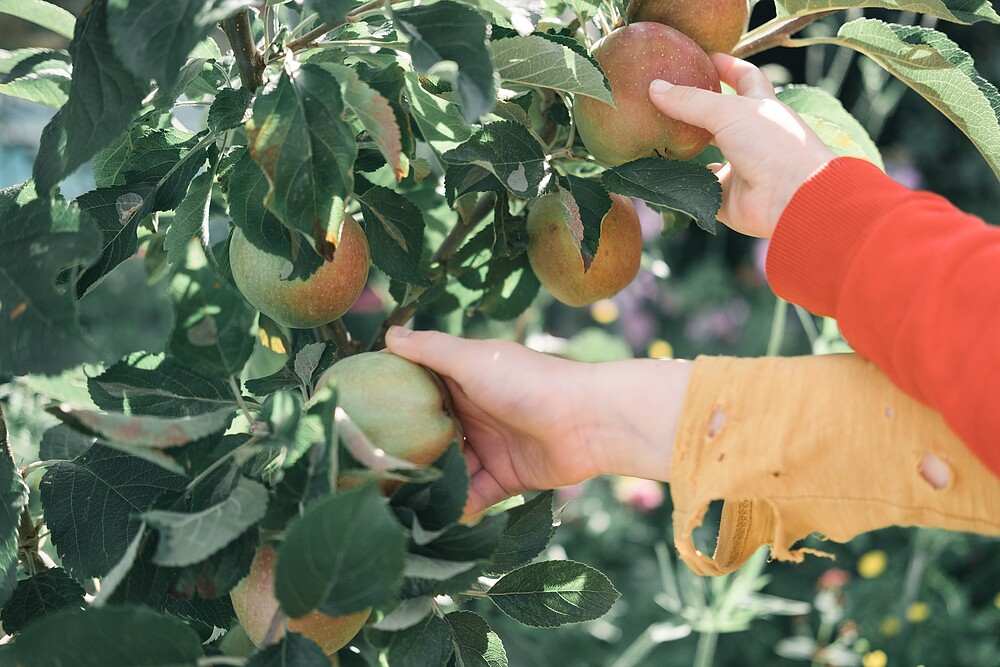
© Dan Burton/ Unsplash
Biodiversity is the very fabric of nature – it’s what keeps our natural systems functioning and healthy.
1. We’re a megadiverse nation
South Africa is renowned for being one of the 17 megadiverse countries in the world – meaning that we are counted among nations with the greatest variety of plant and animal species.
© Lisa Boonzaaier
An angulate tortoise is one of the reptile species that are unique to southern Africa – found in South Africa and Namibia.
2. What makes up our biodiversity?
South Africa’s biodiversity consists of approximately 5% of mammals, 7% of birds, 4% of reptiles, 2% of amphibians, 1% of freshwater fish and 16% of shark, skate and ray species worldwide.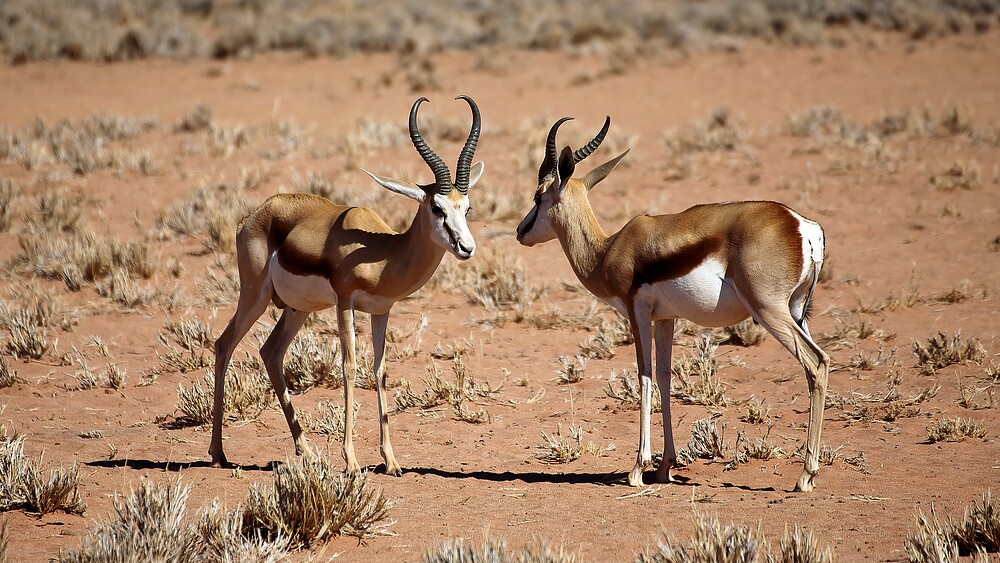
© Simon Hurry/ Unsplash
South Africa’s national animal – the springbok – is only found in Southern Africa.
3. We’re in the top 10 of plant species-rich countries
In addition to having a great variety of flora and fauna, we also hold the 10th position globally for the number of different plant species found within specific habitats, landscapes and regions.
© Pixabay
The daisies appear in big numbers during the spring season in Namaqualand.
4. Second highest plant endemism in the world
At least 5,000 species of plants can only be found in South Africa, and nowhere else in the world! A few examples of these include charming species like the red disa, bird of paradise flower, Cape everlasting and our national flower – the king protea.
© Peter Chadwick
The king protea – South Africa’s national flower – is one of the plant species that are only found in South Africa.
5. Home to three biodiversity hotspots
Of the 35 biodiversity hotspots in the world, three are found on our own soil. If the Cape Floristic Region and the Succulent Karoo come to mind, you’ve got them right. The third one that is less spoken about is the Maputaland-Pondoland-Albany Hotspot, which follows the eastern coastline of southern Africa and includes South Africa, Swaziland and Mozambique.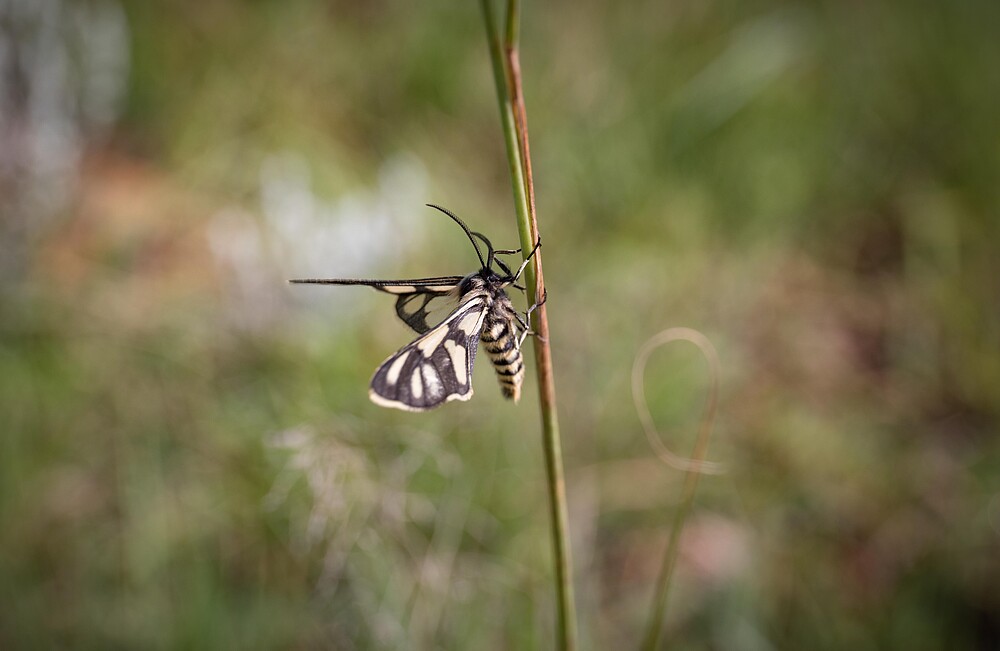
© Angus Burns/ WWF South Africa
The Maputaland-Pondoland-Albany Hotspot has a remarkably rich and diverse flora and invertebrate fauna. Moths and butterfly species are amongst the little creatures found in this area.
6. The world’s only arid hotspot
If you’ve had the fortune to visit Namaqualand or South Africa’s West Coast region around this time (mid-August to mid-September) you might have experienced the diversity of this landscape when it is covered with a multi-coloured carpet of wildflowers. Yet these only form a small portion of the plant species in the Succulent Karoo biome. It has the world’s richest flora of succulent plants, mostly leaf succulents, and contains about one-third of the world’s approximately 10,000 succulent species.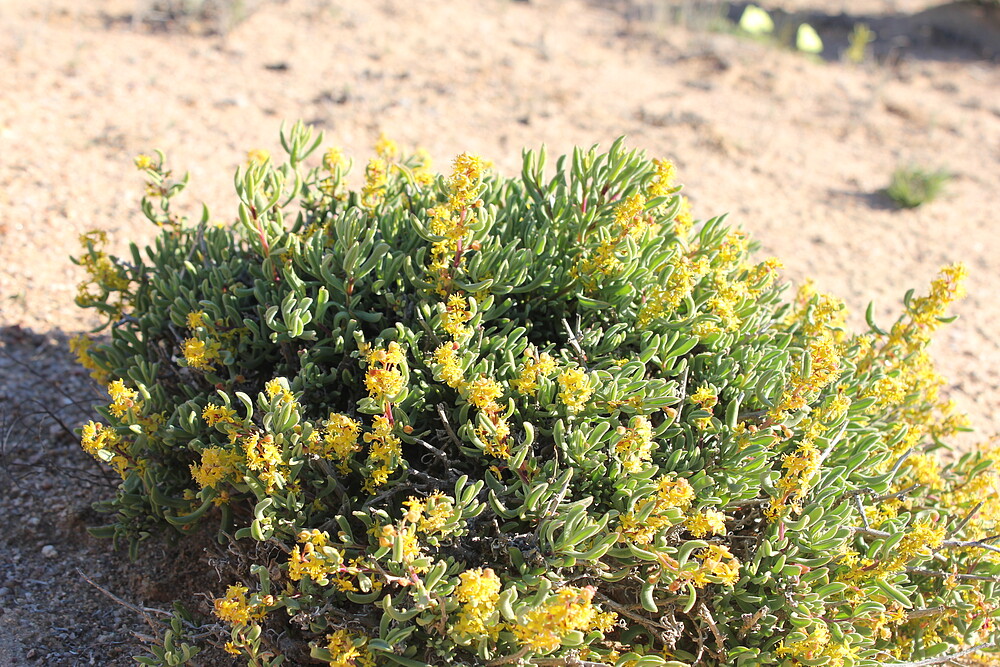
© Dimpho Lephaila/ WWF
Succulent plants are well-adapted to the arid region of the Succulent Karoo and can survive for long periods without rain. They store water in their leaves, stems and roots.
7. The smallest, yet richest, plant hotspot in the world
The Cape Floristic Region is the smallest, yet richest, of the six plant kingdoms worldwide and the only one found within a single country. The area, which extends across the Western Cape and parts of the Northern and Eastern Cape provinces of South Africa, from Gqeberha (formerly Port Elizabeth) to Cape Town and north towards Nieuwoudtville, contains 20% of Africa’s flora. Plus, it is home to over 9,000 species of plants, of which about 6,200 are only found here in South Africa.
© Marna Buys/ Pixabay
The Cape sugarbird is one of the endemic birds found in the Cape Floristic Region.
8. Table Mountain vs. the United Kingdom
Table Mountain, which forms part of the Cape Floristic Region, supports 2 200 plant species – more than the entire United Kingdom alone!
© Brigitte Pega/ Unsplash
Table Mountain’s numerous awe-inspiring landscapes are home to various types of fynbos including proteas, ericas and restios among others.
9. High diversity from land to ocean
The high diversity of species in South Africa goes beyond the landscapes into the ocean where we have 10% of the world’s coral species and a quarter of octopus, squid and cuttlefish species worldwide!
© Thomas P. Peschak
Coral reefs support a wide range of fish, plants and small creatures. Animals use reefs for shelter, food and laying eggs.
10. High ocean endemism
About 40% of an estimated 10,000 species are found only in our waters. This puts us in the third position for having the highest marine species endemism.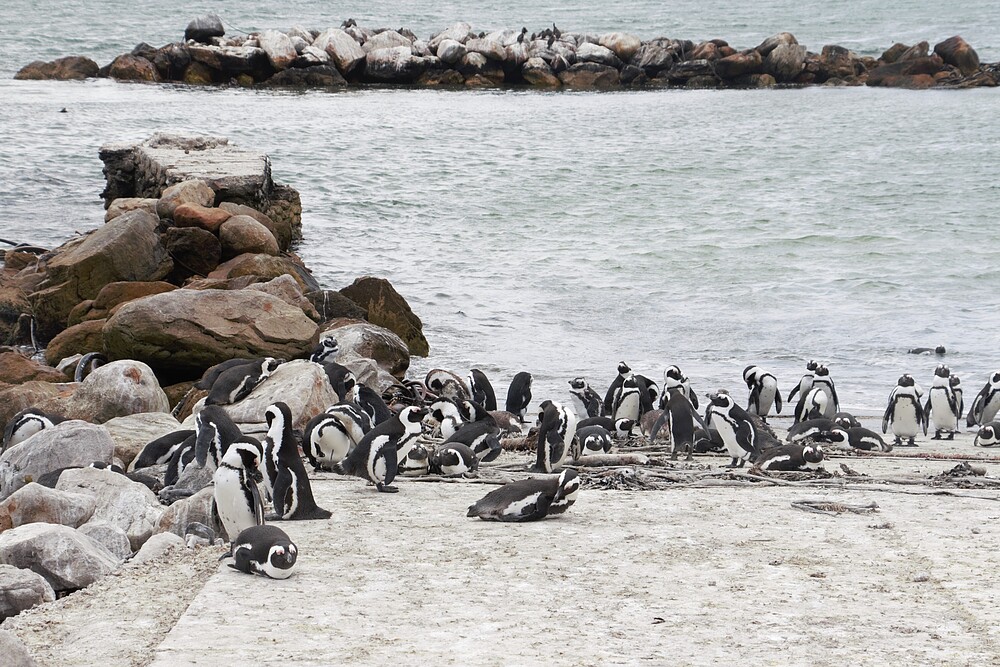
© Dimpho Lephaila/ WWF
The endangered African penguin is endemic to the coast of southern Africa, from Hollams Bird Island, near the central Namibian coast, to Algoa Bay off the coast of the Eastern Cape, South Africa.
As South Africans, we have a lot to be proud of and grateful for when it comes to biodiversity compared to the rest of the world. This biodiversity supports all of us, and it keeps our natural systems functioning and healthy. Sadly, we are wiping out the very diversity of nature on which we depend and the resources we assume will always be around.
But it is not too late. We can work together to restore and regenerate our biodiversity.
by Dimpho Lephaila
Source: WWF




Leave a Reply
You must be logged in to post a comment.